CPR & COVID-19
Whenever CPR is carried out, particularly on an unknown victim, there is some risk of cross-infection, especially when giving rescue breaths. Normally, this risk is very small and is usually offset by the knowledge that a person in cardiac arrest will die if no assistance is given. With the COVID-19 outbreak, this risk assessment must be revisited as giving CPR to someone who is (or may be) infected with COVID-19 presents a very real risk to the health of the rescuer.
Here’s what to do
The first things to do if you come across someone who has collapsed and may need CPR is to shout for help and dial the emergency services.
For those who are laypeople and first responders with a duty of care (workplace first-aiders, sports coaches, etc.), that may mean the requirement to perform CPR. This should be guided by their employer’s advice.
Because of the heightened awareness of the possibility that the victim may have COVID-19, the following modifications to the CPR process can be considered.
How to modify CPR during COVID-19
Recognize cardiac arrest by looking for the absence of signs of life and the absence of normal breathing. Do not listen or feel for breathing by placing your ear and cheek close to the patient’s mouth. If you are in any doubt about confirming the cardiac arrest, the default position is to start chest compressions until help arrives.
Make sure the emergency services are on their way. If COVID-19 is suspected, tell them when you make the call.
If there is a perceived risk of infection, rescuers should place a cloth/towel, or facemask over the victim’s mouth and nose and attempt compression-only CPR and early defibrillation until the emergency services arrive. Put your hands together in the middle of the chest and push hard and fast.
Protecting yourself
Early use of a defibrillator significantly increases the person’s chances of survival and does not increase the risk of infection.
If the rescuer has access to personal protective equipment (PPE) (e.g. face mask, disposable gloves, eye protection), these should be worn. A good idea is to keep a dedicated mask and face shield or eye protection in your First Aid Kit so it will be there if you need it.
After performing compression-only CPR, all rescuers should wash their hands thoroughly with soap and water; alcohol-based hand gel is a convenient alternative. They should also seek advice from local or national advice services.
If the decision is made to perform mouth-to-mouth ventilation, use a resuscitation face shield where available.
Please note
This is an unprecedented situation and this guidance is based on the best information currently available and may change based on increasing experience in the care of patients with COVID-19.
The First Response Bloodborne Pathogens course also provides invaluable advice on how to deal with situations where you may come across bodily fluids and gives advice on the type and use of suitable PPE.
References:
Resuscitation Council UK Statements on COVID-19 (Coronavirus), CPR, and Resuscitation available here.

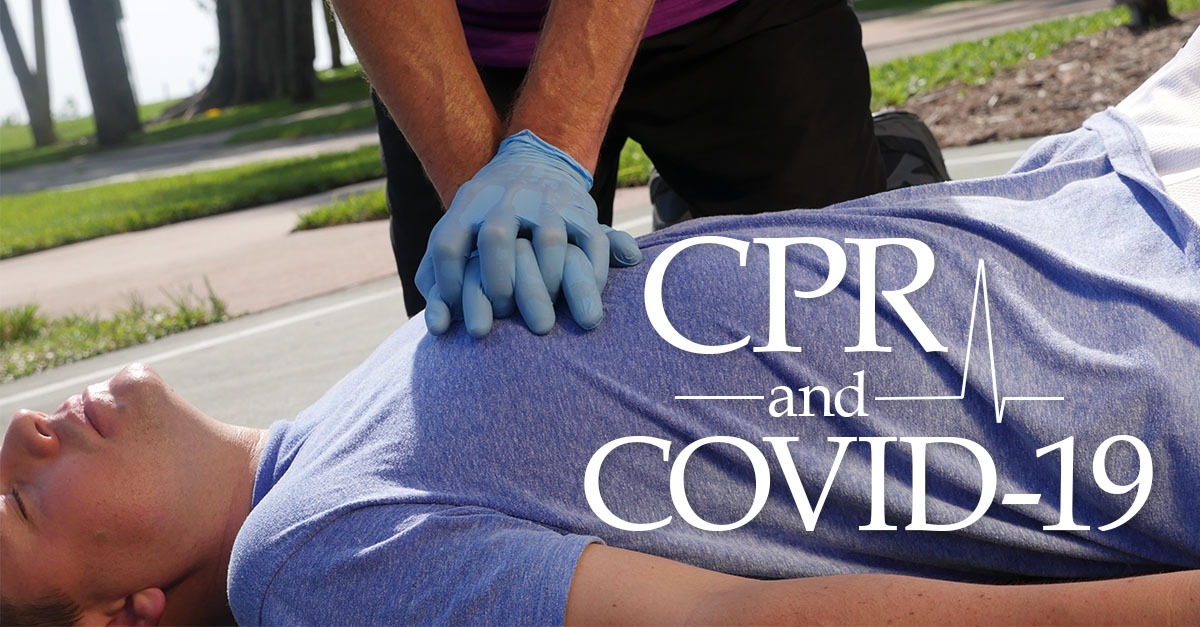


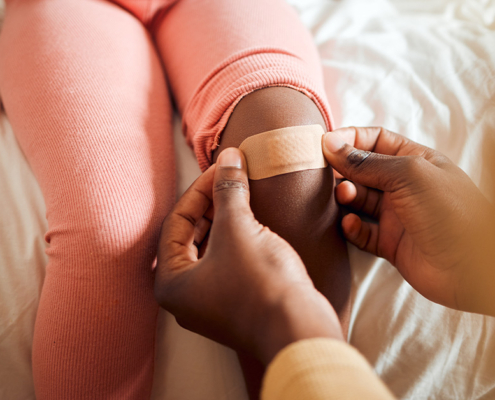

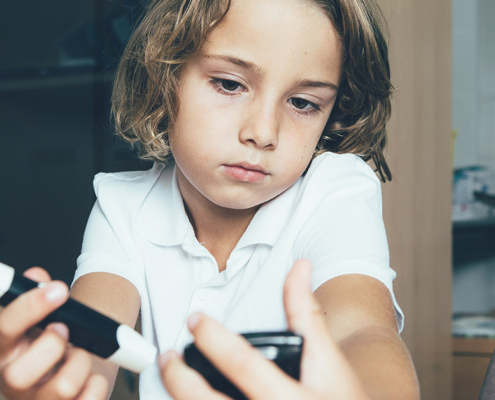
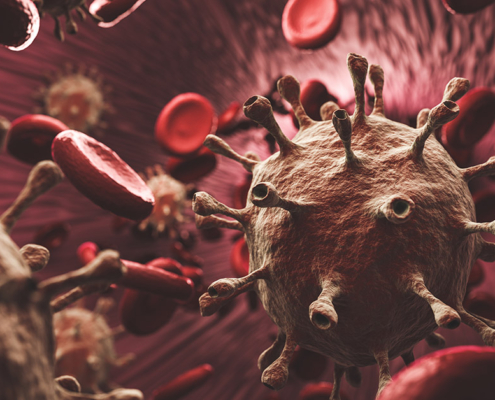


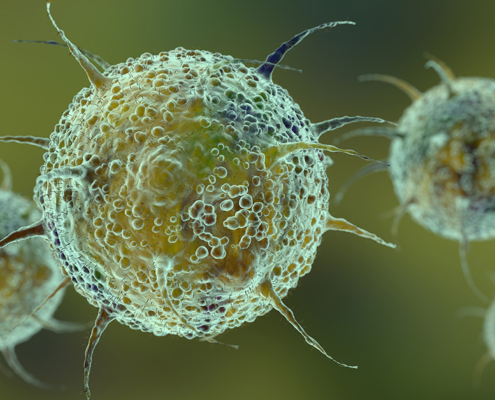
Ответить
Хотите присоединиться к обсуждению?Внесите свой вклад!